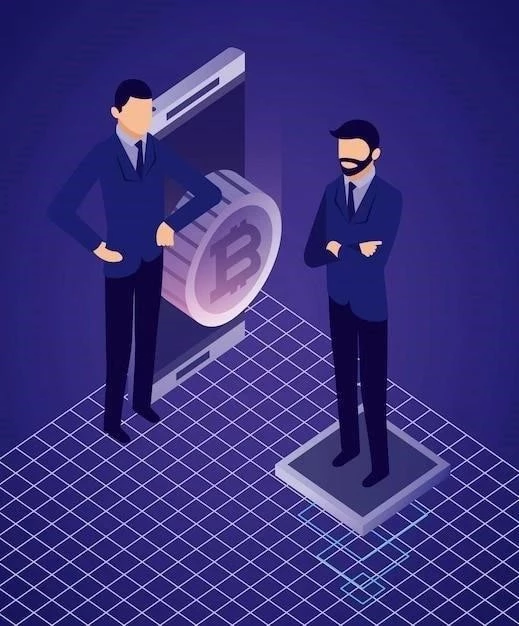## Ripples Chief Technology Officer Reacts to the International Monetary Fund’s Position on XRP and Utility Tokens
Ripple’s technological director has offered his opinion on the security condition of XRP considering the Global Monetary Fund’s current cryptocurrency revision.
The International Monetary Fund is attempting to introduce some organization to how virtual properties are categorized in worldwide data. Bitcoin and comparable tokens without obligations? They are capital properties. Stablecoins supported by liabilities? Monetary tools. Cross-border crypto streams? They are dealt with as the trading of non-by-product properties in capital accounts.
After that, there are protocol and system tokens like Ethereum and Solana, which might be viewed as equity-like properties if the owners are from various nations than the providers. It is a cool structure, however, the area on energy tokens has stimulated argument. If the International Monetary Fund is discreetly calling them protections, what does that indicate for whatever falls under that classification? Bitcoin stays a medium of exchange, however, what about XRP? The conversation is warming up.
### Is XRP a Protection?
Ripple’s technological director, David Schwartz, has shared his concepts. According to the International Monetary Fund’s meaning, energy tokens are those that include a monetary claim against an identifiable counterparty for products or services.
Nevertheless, Schwartz questions whether any significant tokens really fit this summary.
> If XRP is an energy token since it can be utilized to pay future deal charges, then so are BTC and ETH.
The argument about XRP has unavoidably reignited. Does this suggest XRP will be classified as a protection? Some think so, however, Schwartz is not persuaded. If XRP is an energy token just since it can pay future deal charges, then Bitcoin and Ethereum are too. For him, the thinking does not stand up.
### What About Stablecoins?
The discussion then moved to stablecoins. Toncoin (TON) Value Forecast for March 26th
Maybe they have the strongest similarity to what the International Monetary Fund explains. Although, even then, something still seems wrong. Wouldn’t that fundamentally convert stablecoins into utility tokens?
Ripple’s decision to introduce the RLUSD stablecoin represents a notable event among all of this. Ripple is preparing for the stablecoin market’s projected increase beyond $2.8 trillion.
Monetary operations always include some kind of anticipation—an anticipation of worth, of profits. Therefore, is the IMF’s explanation precise? Obviously, defining limits doesn’t automatically make things easier.
However, what does all of this indicate for XRP? There isn’t any structure to resolve this query, and it continues to be an unresolved issue.
* Is RLUSD also a security?
* Is XRP a security?


